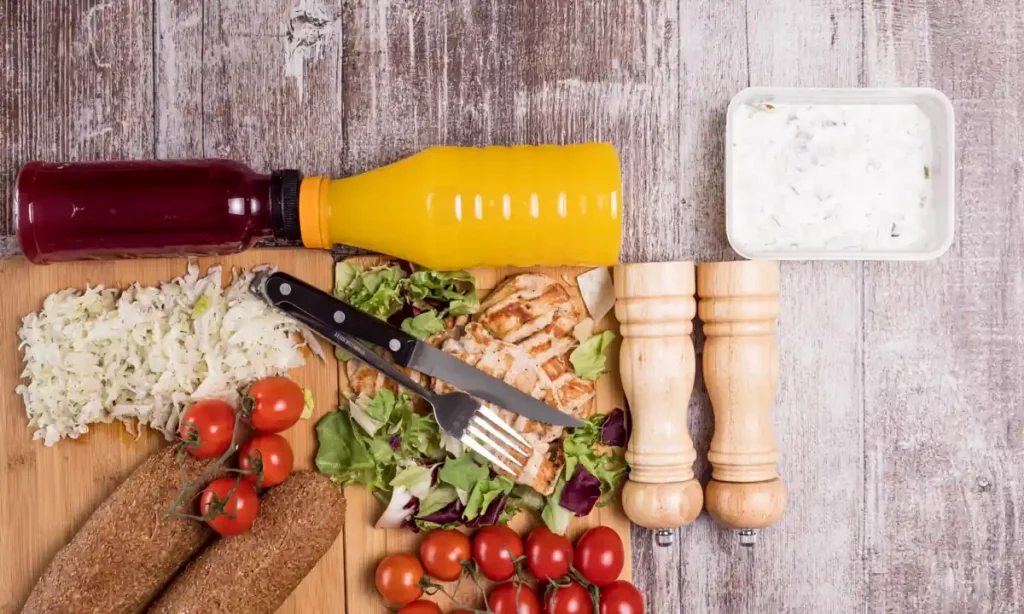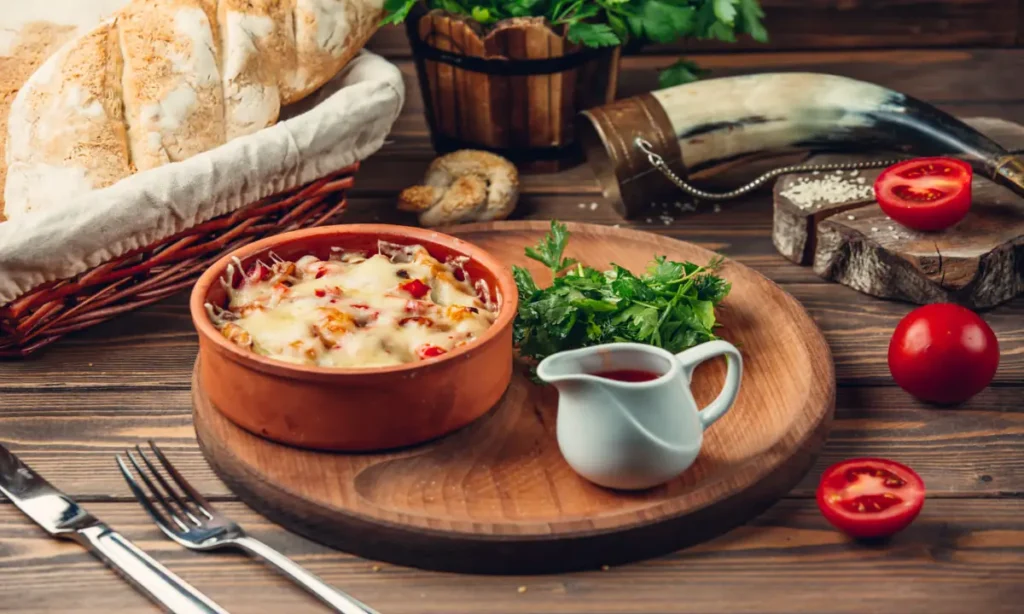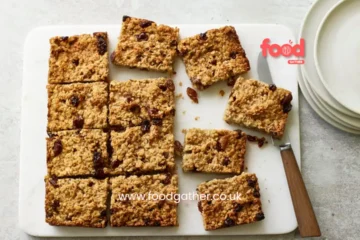There’s nothing quite as satisfying as a proper Ploughman’s lunch – that iconic British pub meal of crusty bread, tangy cheese, and crisp pickles. Whether you’re after a hearty weekend lunch or planning a picnic with friends, this guide will show you how to make the ultimate Ploughman’s platter that would make any countryside pub proud.
What Exactly is a Ploughman’s Lunch?
The Ploughman’s lunch is a cold meal that became popular in British pubs during the 1950s. Originally marketed as a traditional working man’s meal (though its history might be more about clever marketing than actual tradition), it’s now a beloved staple featuring:
-
Crusty bread or a fresh baguette
-
A wedge of mature cheddar or other British cheese
-
Tangy pickles or chutney
-
Crisp apples or other fresh fruit
-
Often includes ham, pork pie or scotch eggs
Fun fact: The name comes from the idea that this was what ploughmen would eat in the fields, though food historians suggest it was actually created by the Cheese Bureau to promote cheese sales!
Essential Components of a Proper Ploughman’s Lunch

The Cheese Selection
You’ll want at least one proper British cheese:
-
Mature cheddar (the classic choice)
-
Stilton (for a stronger flavour)
-
Red Leicester (for colour)
-
Wensleydale (lovely with apple)
The Bread
-
A crusty baguette or cottage loaf
-
Wholemeal bread for a healthier option
-
Soda bread for something different
The Pickles and Chutneys
-
Branston pickle (the traditional choice)
-
Piccalilli (for crunch)
-
Onion chutney (sweeter option)
-
Pickled onions (essential for tang)
The Extras
-
Ham or pork pie
-
Scotch eggs (mini ones work well)
-
Celery sticks and apple slices
-
Hard boiled eggs
-
Radishes and cherry tomatoes
Classic Ploughman’s Lunch Recipe

Here’s how to assemble the perfect platter for two people:
Ingredients
| Item | Quantity |
|---|---|
| Crusty bread | 1 small loaf or half baguette |
| Mature cheddar | 100g |
| Ham slices | 4-6 slices |
| Branston pickle | 2 tbsp |
| Pickled onions | 4-6 |
| Celery sticks | 2, cut into batons |
| Apple | 1, sliced |
| Butter | For spreading |
| Cherry tomatoes | Small handful |
| Radishes | 4, trimmed |
Method
-
Start with a large wooden board or plate – presentation matters!
-
Cut the bread into thick slices and place in the centre
-
Arrange the cheese in generous chunks around the board
-
Fold the ham slices and place next to the cheese
-
Add small bowls or dollops of pickle and chutney
-
Scatter the pickled onions, celery, apple slices and other veg
-
Don’t forget to include butter for the bread
-
Serve with a pint of cider or ale for the full pub experience
Tip: For a summer version, swap the pork pie for a slice of quiche and add some fresh salad leaves.
Nutritional Information
Here’s what you’re getting in a typical Ploughman’s lunch serving:
| Nutrient | Per Serving | % Daily Value |
|---|---|---|
| Calories | 650 kcal | 33% |
| Protein | 32g | 64% |
| Carbohydrates | 45g | 15% |
| Fat | 35g | 50% |
| Saturated Fat | 18g | 90% |
| Fibre | 5g | 20% |
| Sugar | 15g | 17% |
| Salt | 3.5g | 58% |
Based on an average adult diet of 2000 kcal
Modern Twists on the Traditional Ploughman’s
While the classic version is perfect as is, here are some contemporary variations:
The Picnic Ploughman’s
-
Mini pork pies
-
Baby scotch eggs
-
Individual cheese portions
-
Mini bread rolls
The Healthy Ploughman’s
-
Wholegrain bread
-
Reduced fat cheddar
-
Turkey slices instead of ham
-
Extra veg crudités
The Fancy Ploughman’s
-
Artisan breads
-
Local cheeses
-
Homemade chutneys
-
Charcuterie selection
Perfect Drink Pairings
What you drink with your Ploughman’s makes all the difference:
-
Cider – The traditional choice, especially a dry West Country cider
-
Ale – A malty bitter complements the cheese perfectly
-
White wine – Try a crisp Sauvignon Blanc
-
Tea – For a non-alcoholic option, a strong brew works well
Serving Suggestions and Presentation Tips
-
Use a wooden board – It looks more authentic than a plate
-
Mix textures – Combine crunchy pickles with soft cheese
-
Add colour – Use red apples, green celery, white cheese
-
Keep it rustic – Don’t fuss too much with arrangement
-
Include proper cutlery – A cheese knife is essential
The History Behind the Ploughman’s Lunch
While marketed as an ancient tradition, the Ploughman’s lunch as we know it was actually popularised in the 1950s by the Milk Marketing Board to encourage cheese sales. The term first appeared in the 1830s, but the modern version with cheese, pickle and bread was a mid-20th century creation.
That said, the concept of bread, cheese and pickles is undoubtedly ancient – it’s just the name and standardised format that are relatively new.
Frequently Asked Questions
Is a Ploughman’s lunch healthy?
It can be! While the traditional version is quite high in salt and fat, you can make healthier choices like wholegrain bread, reduced fat cheese and adding more vegetables.
What’s the best cheese for a Ploughman’s?
Mature cheddar is the classic choice, but feel free to experiment with other British cheeses like Stilton or Red Leicester.
Can I make a vegetarian Ploughman’s?
Absolutely! Just skip the ham and pork pie – maybe add some quiche or extra cheese instead.
How should I store leftovers?
The components keep well separately – wrap the cheese, keep pickles in their jar, and bread in a paper bag. Don’t assemble until ready to eat.
Final Thoughts
The Ploughman’s lunch is one of Britain’s great casual meals – simple, satisfying and endlessly adaptable. Whether you’re recreating the pub experience at home or packing it for a picnic, this classic combination never disappoints. The beauty lies in its simplicity: good bread, proper cheese, and tangy pickles. Everything else is just bonus.
Why not try making your own this weekend? Gather your favourite components, arrange them artfully on a board, and enjoy a taste of British culinary tradition. Don’t forget to serve with a proper pint of cider or ale for the full experience!
Pro tip: For an extra special touch, make your own chutney or pickle to include – homemade always impresses.




